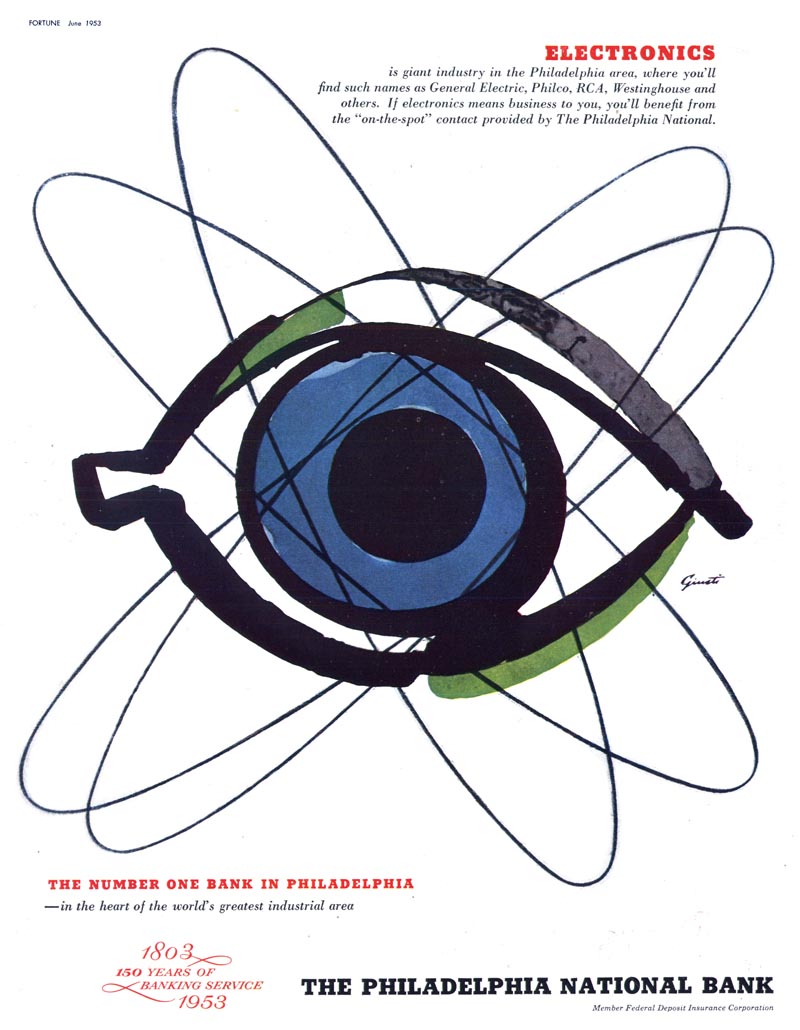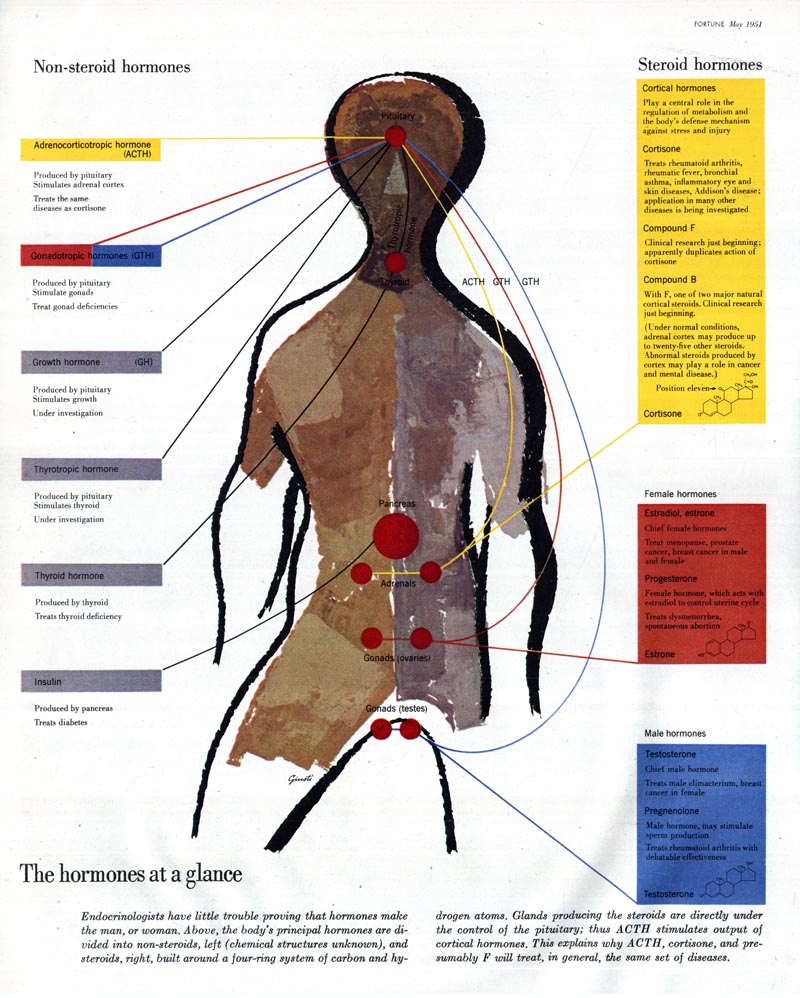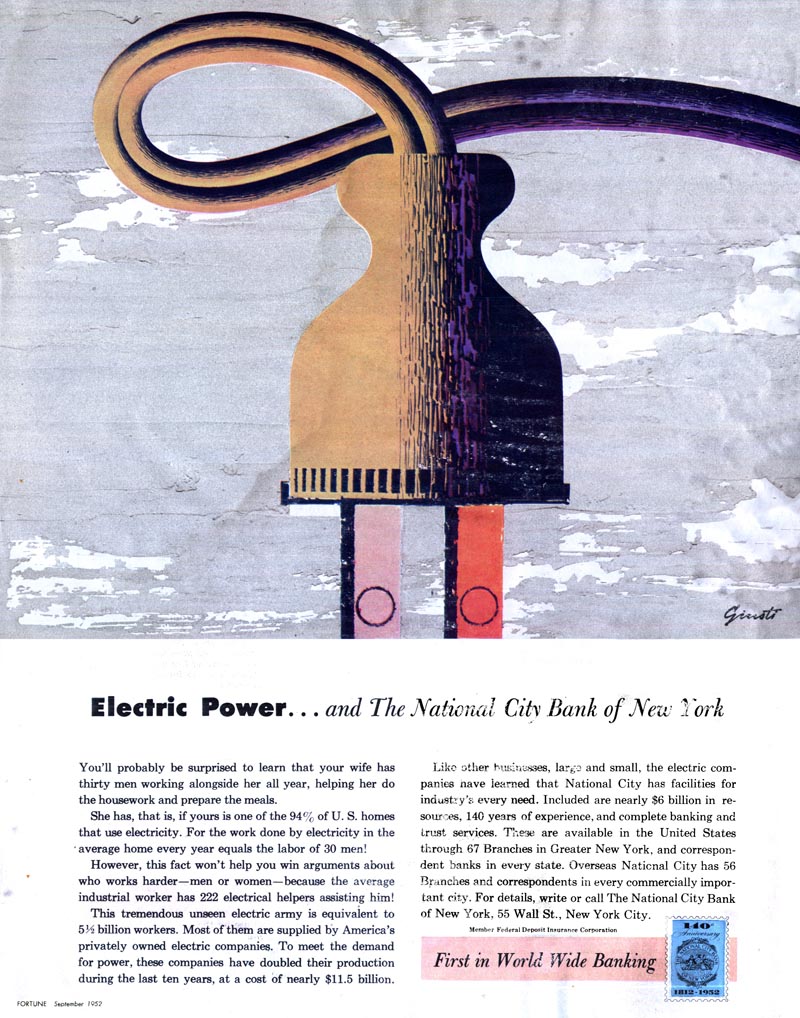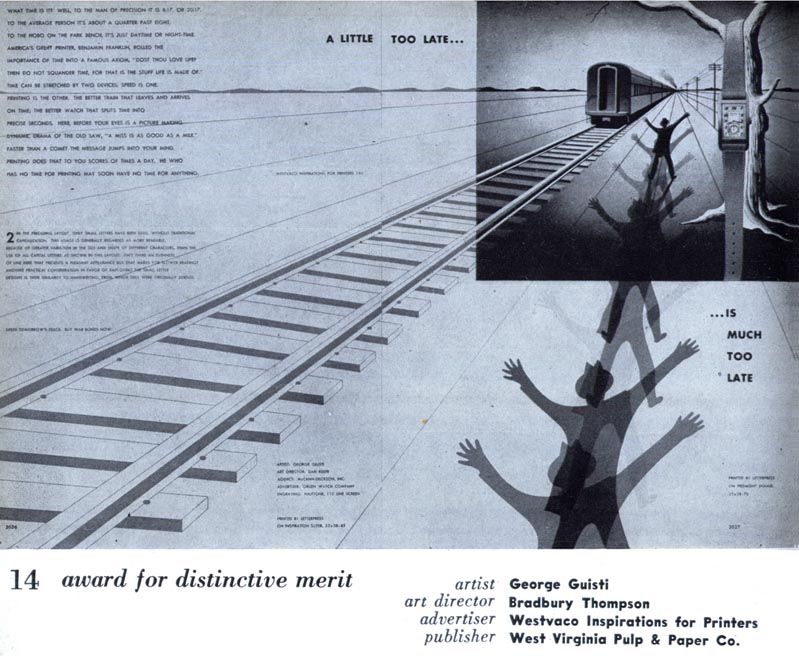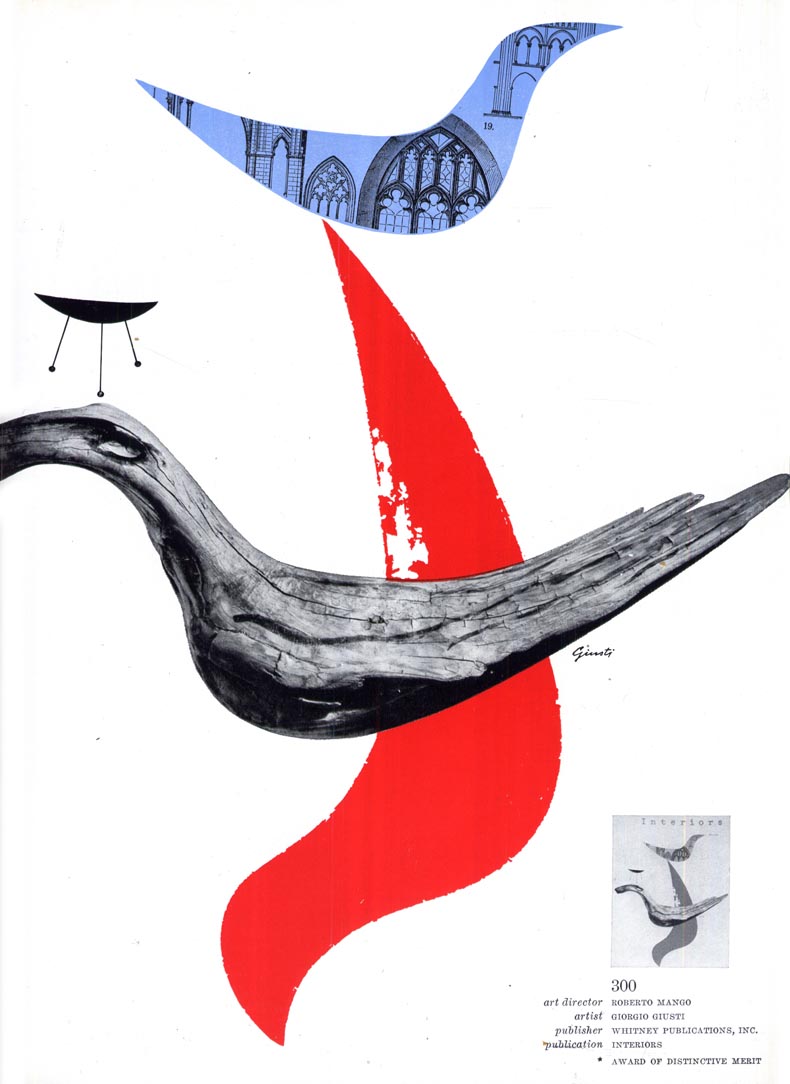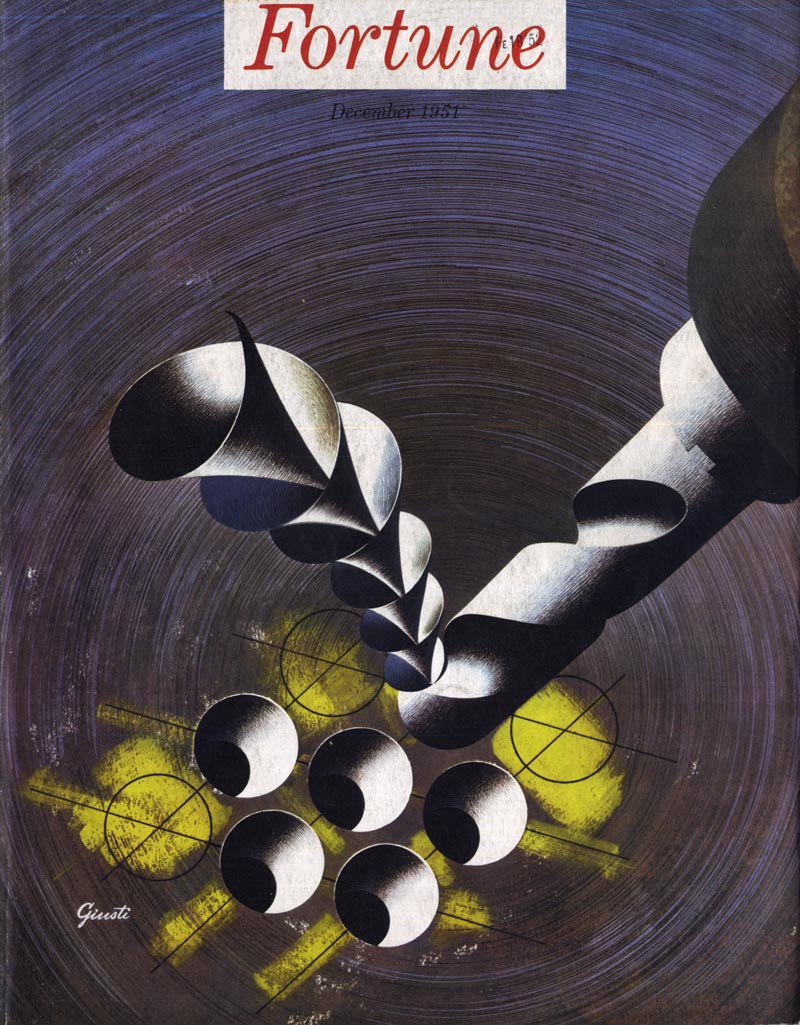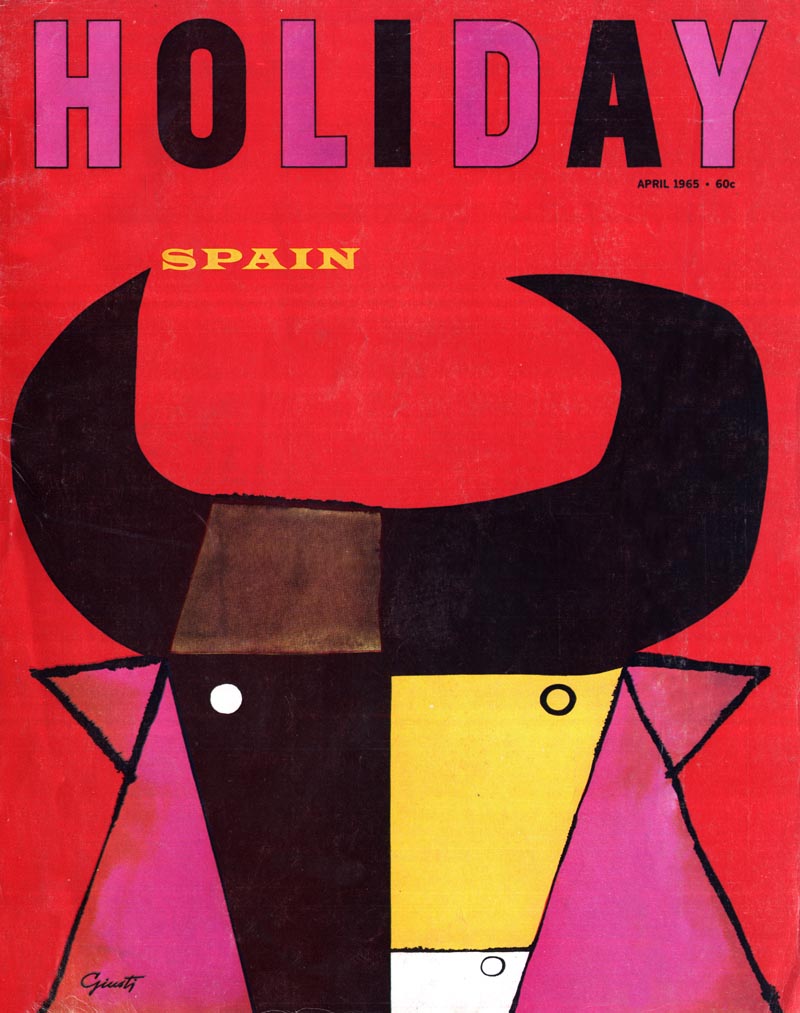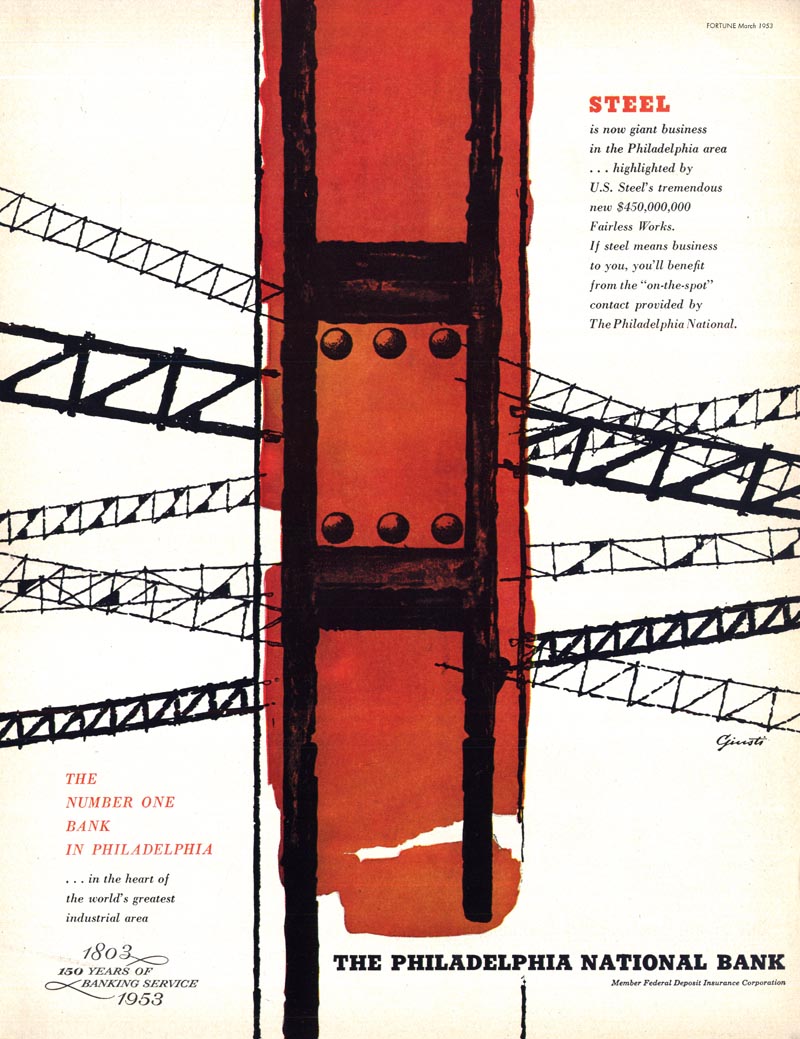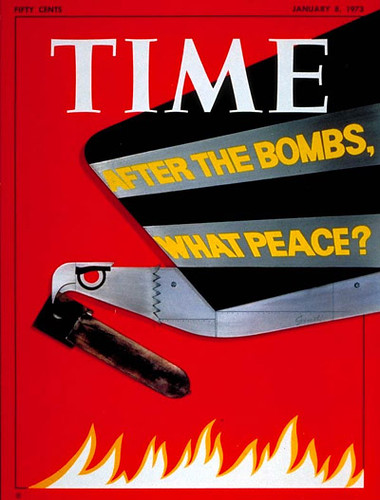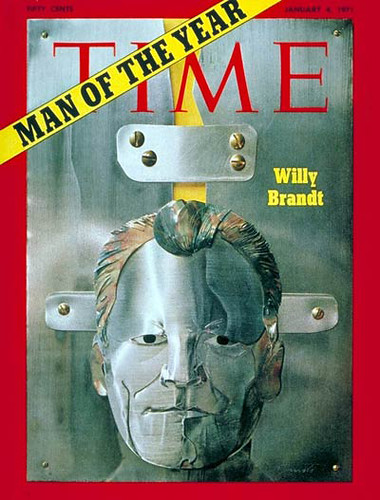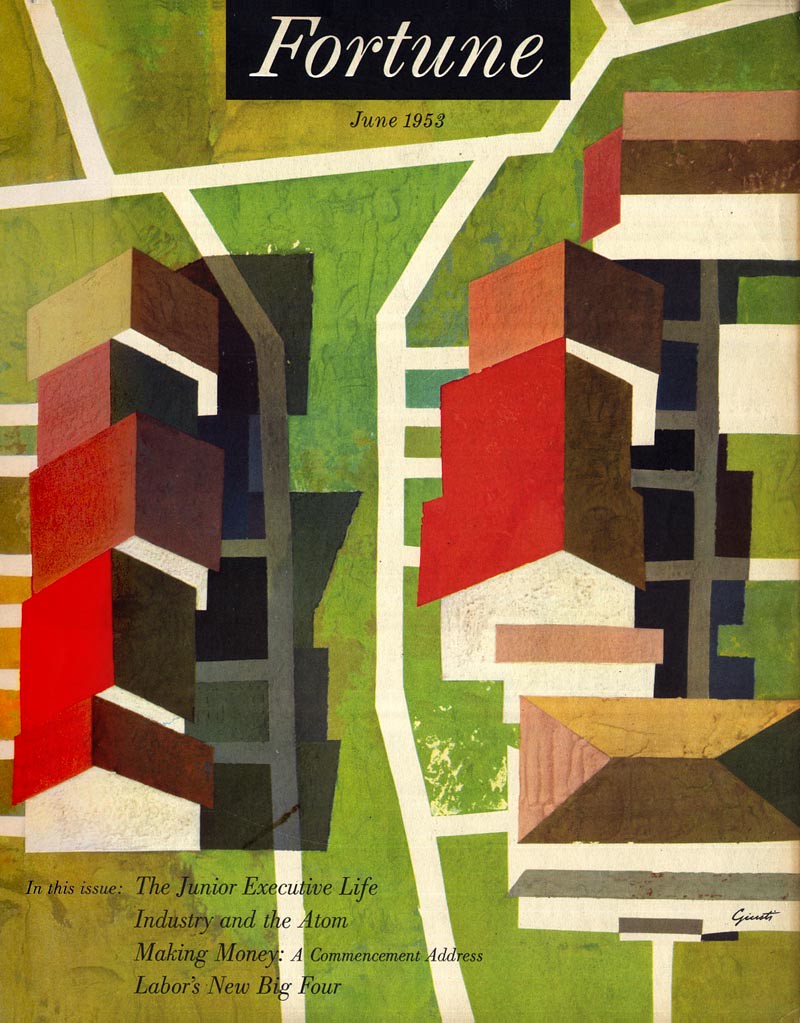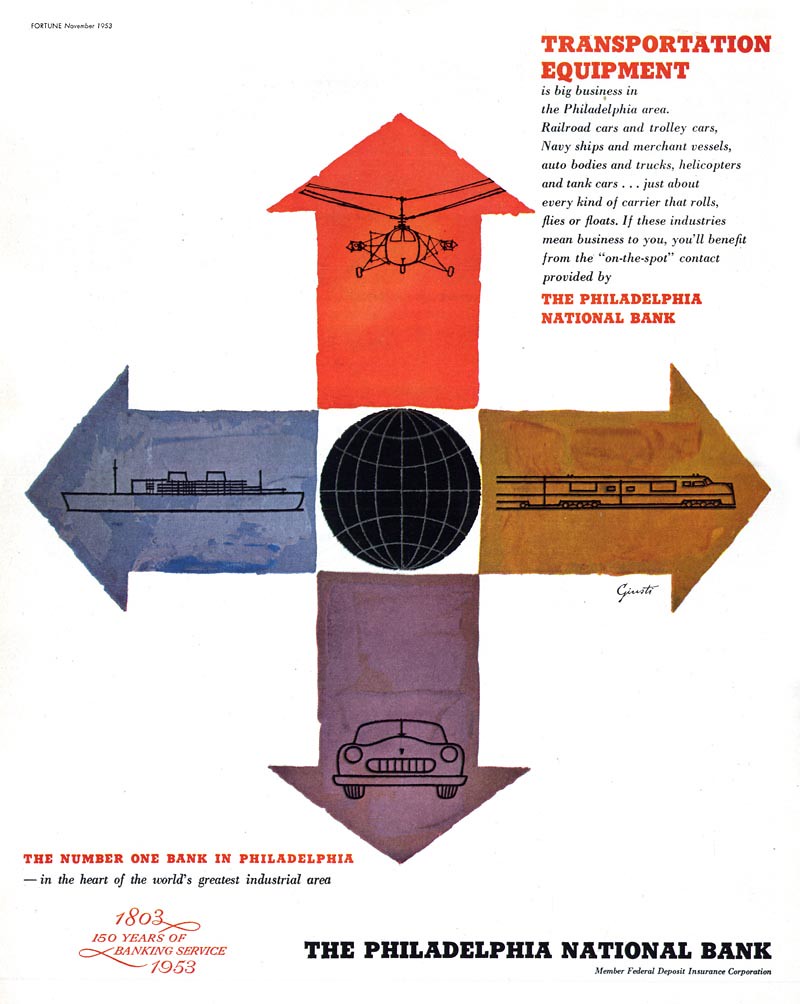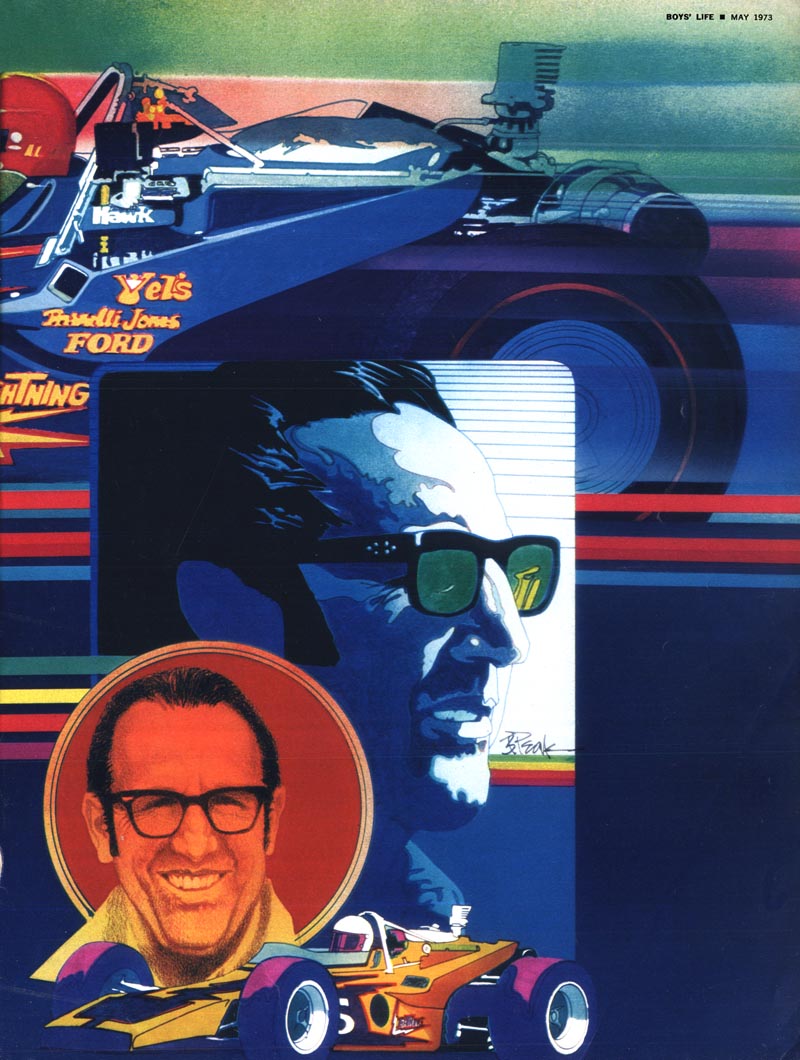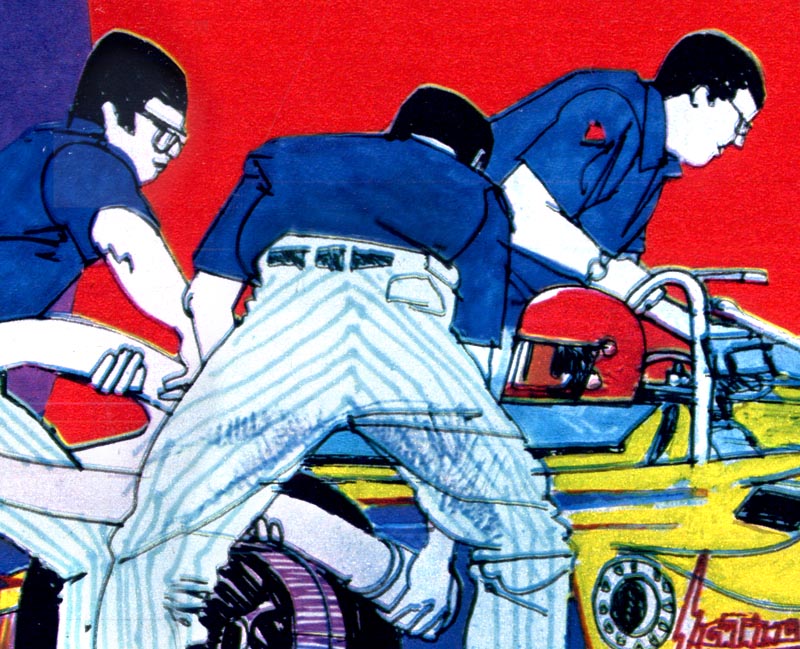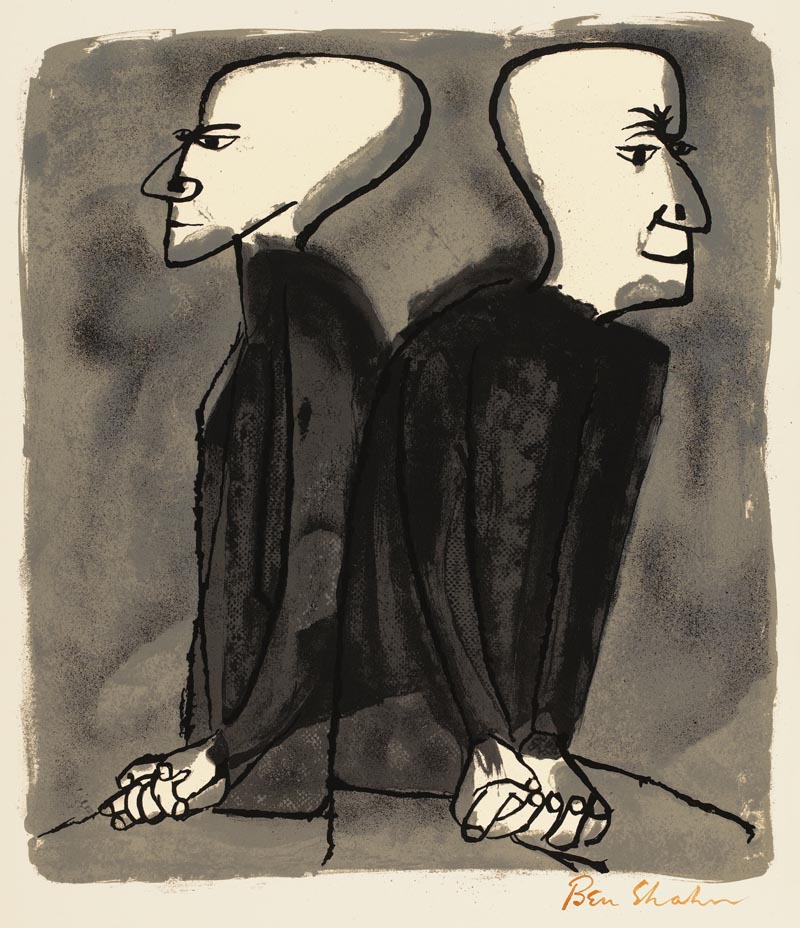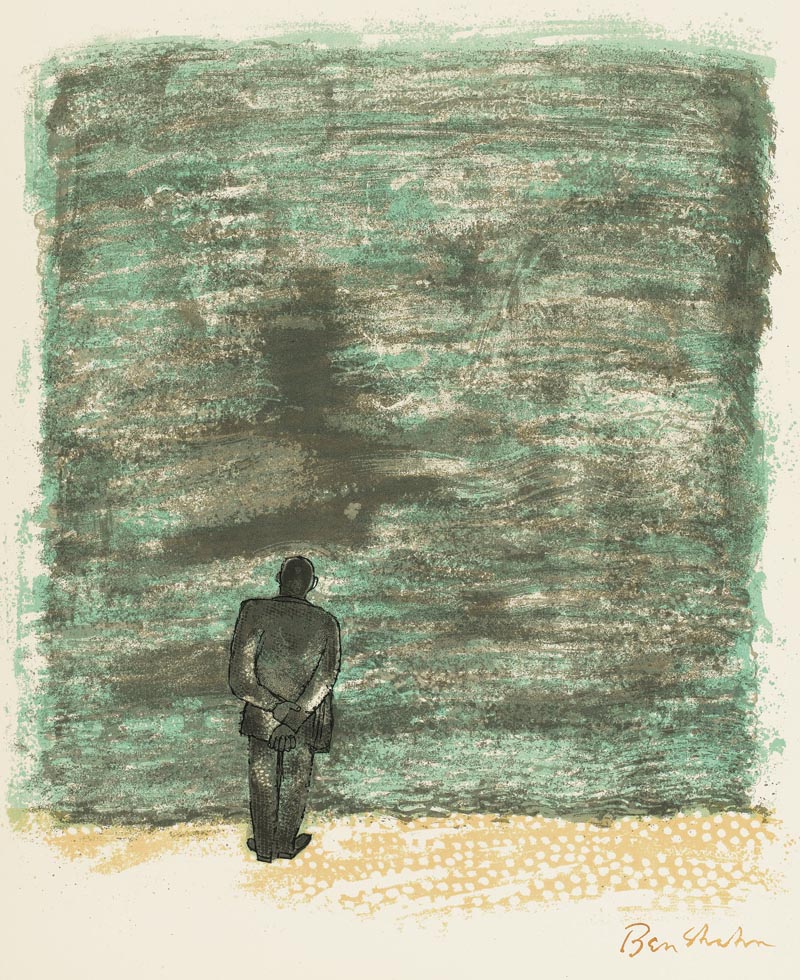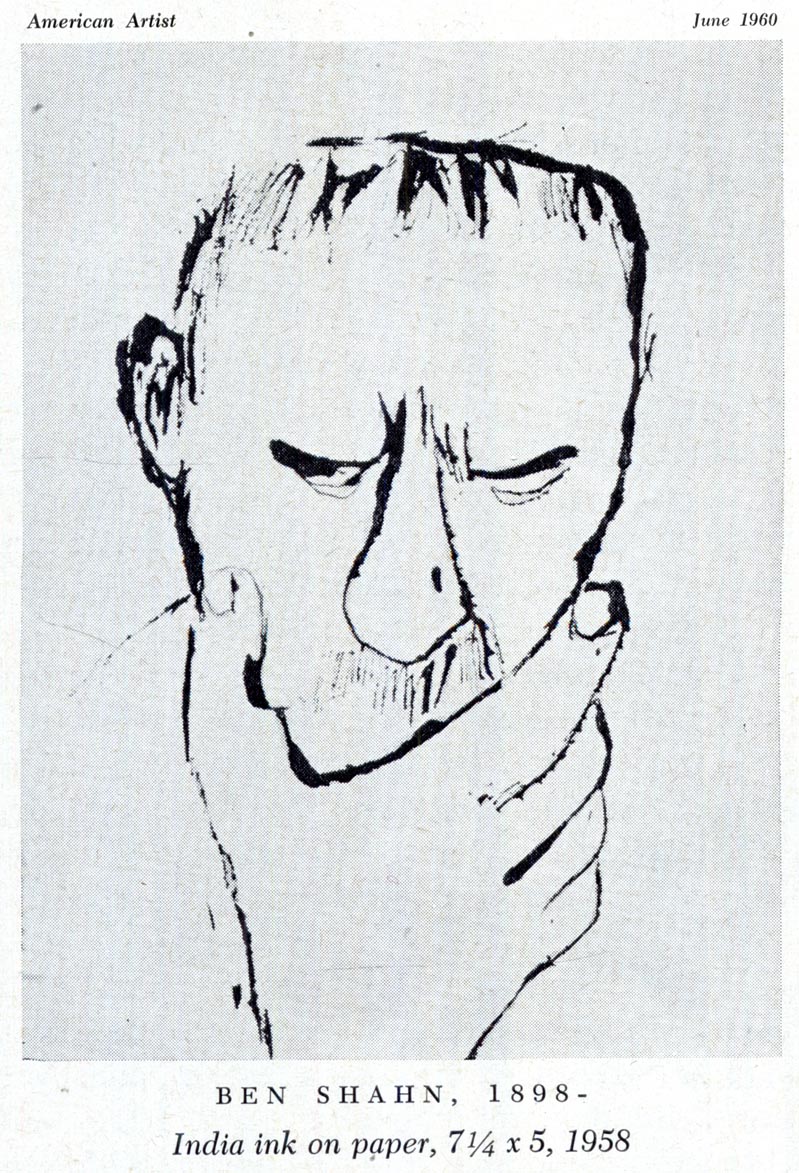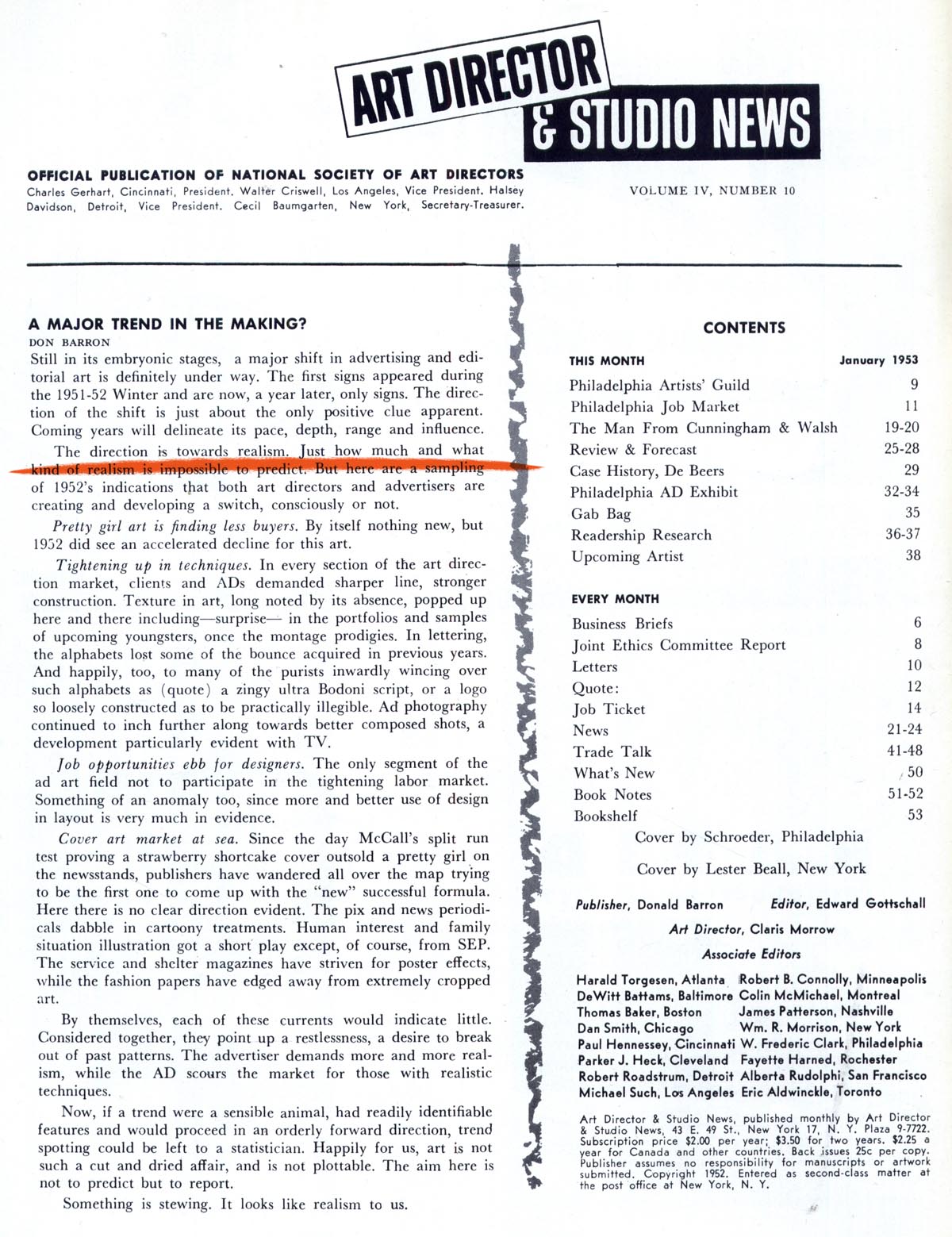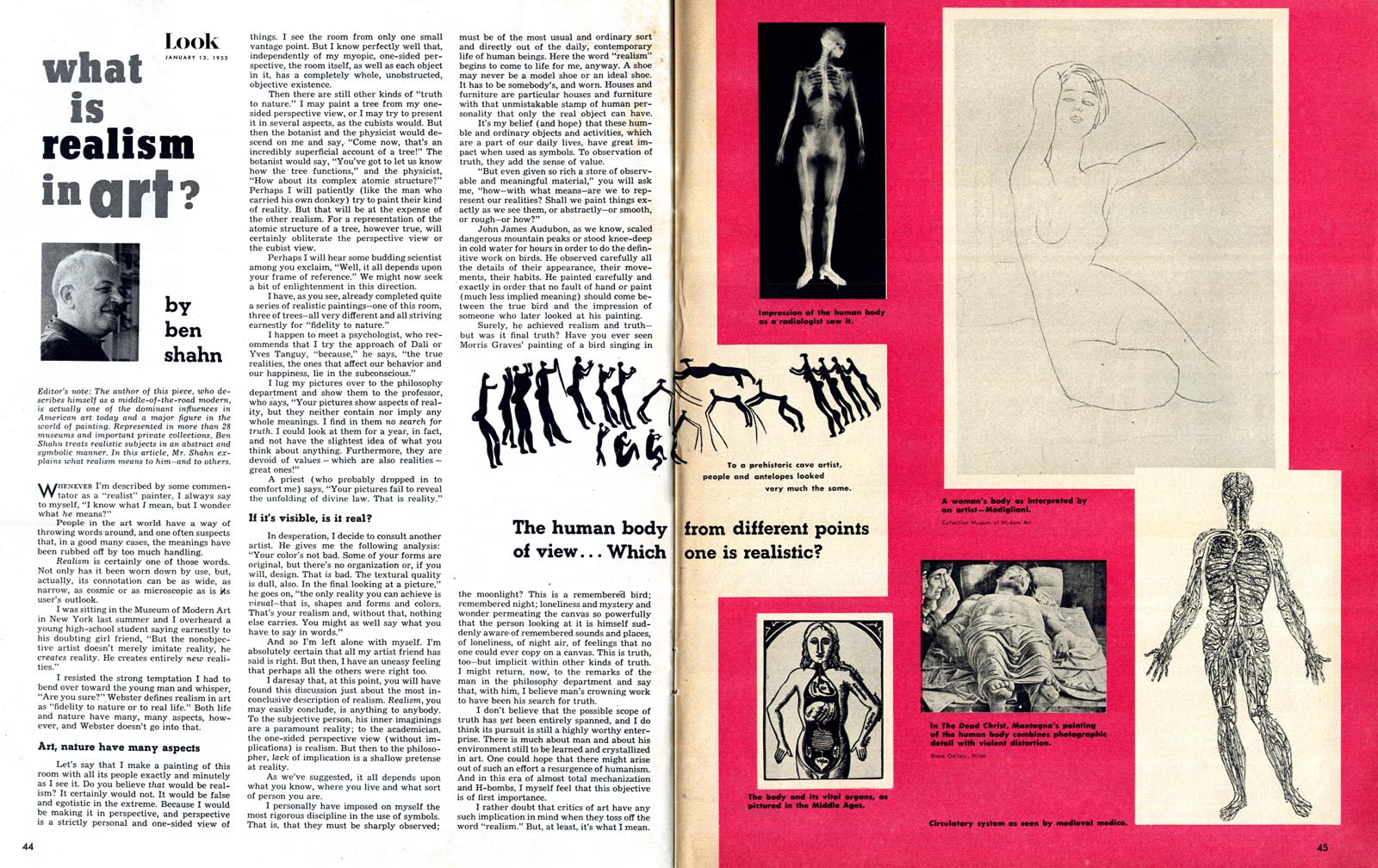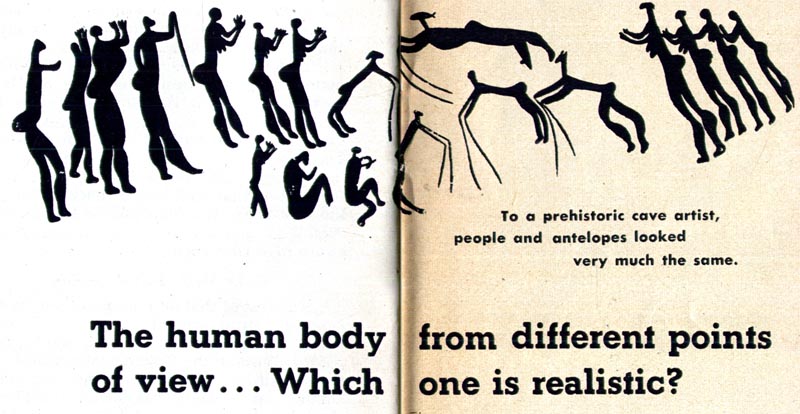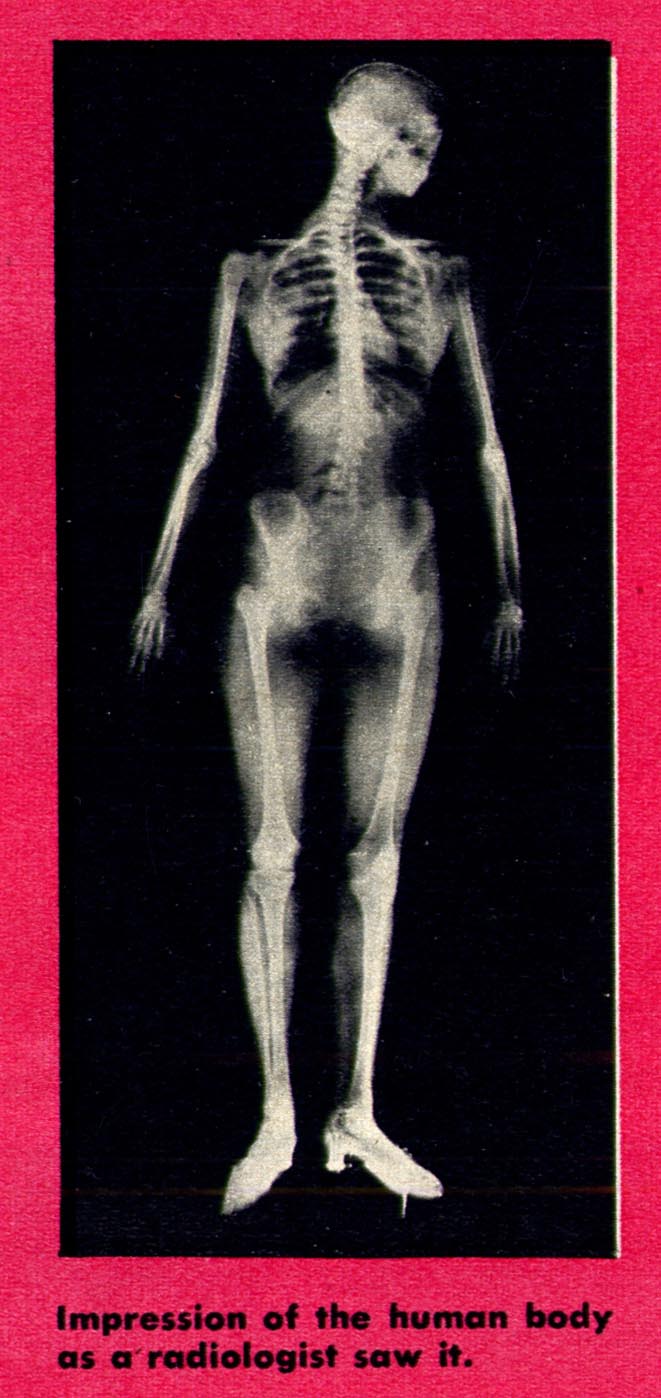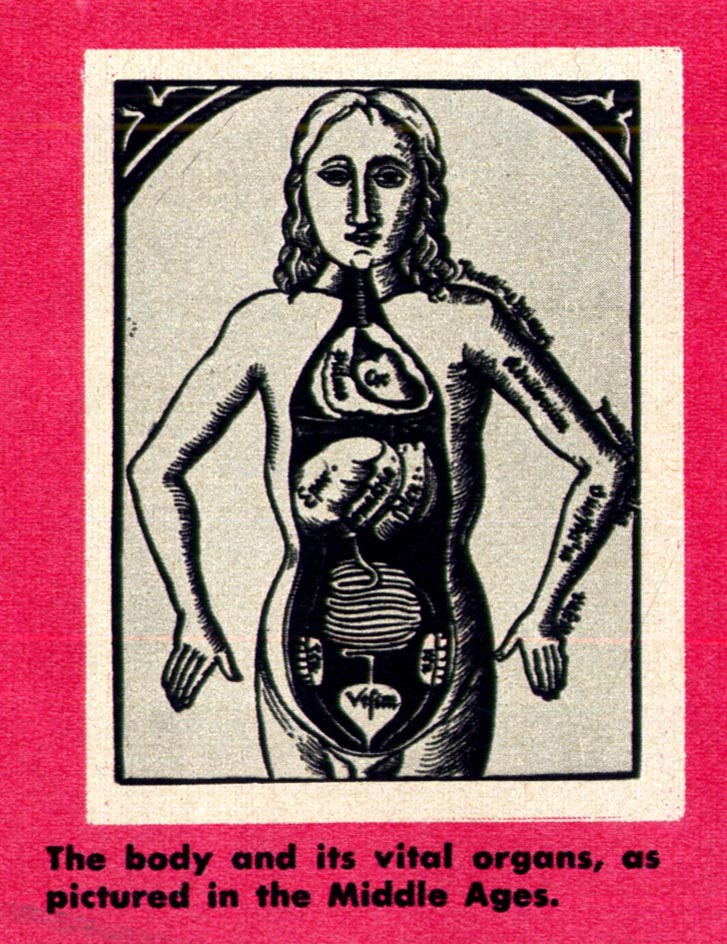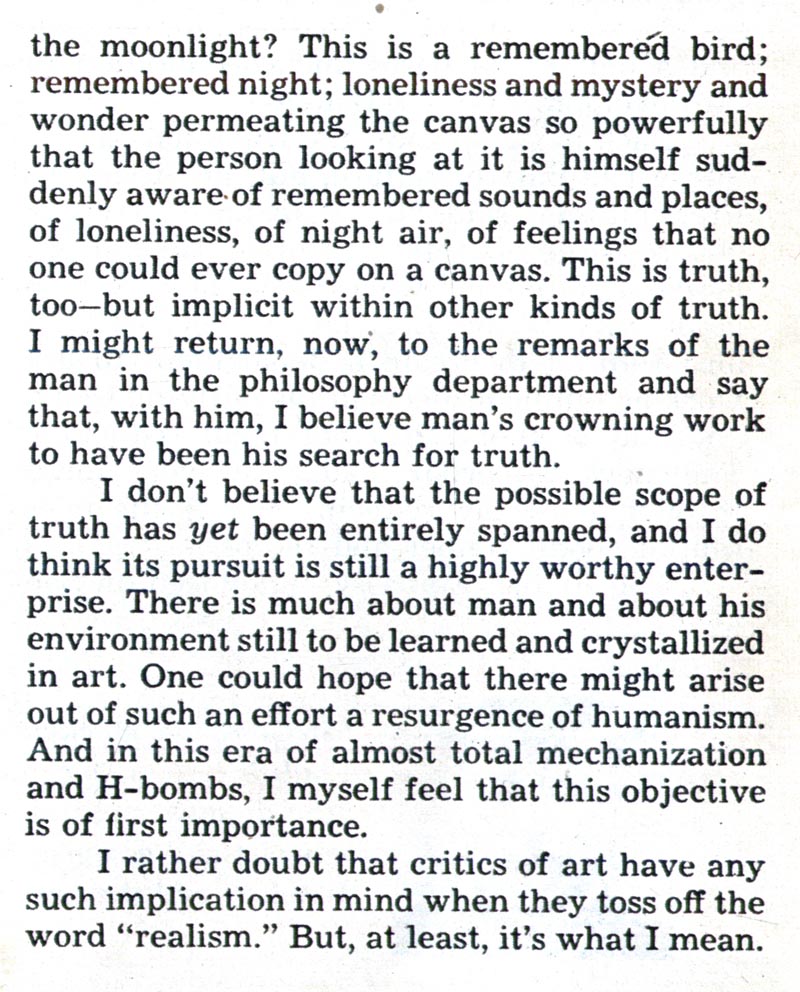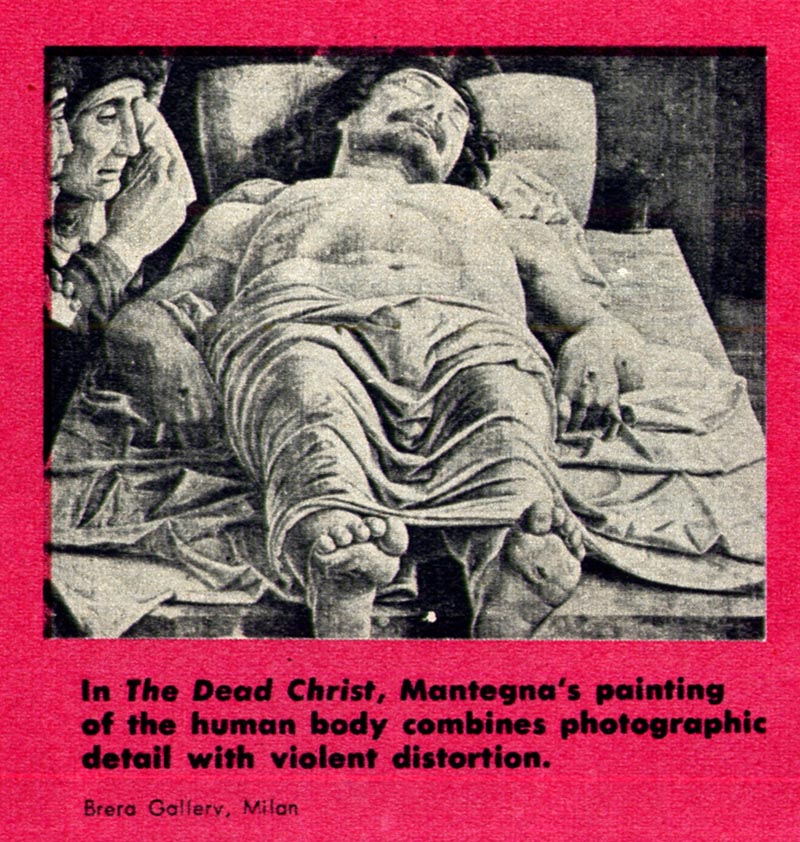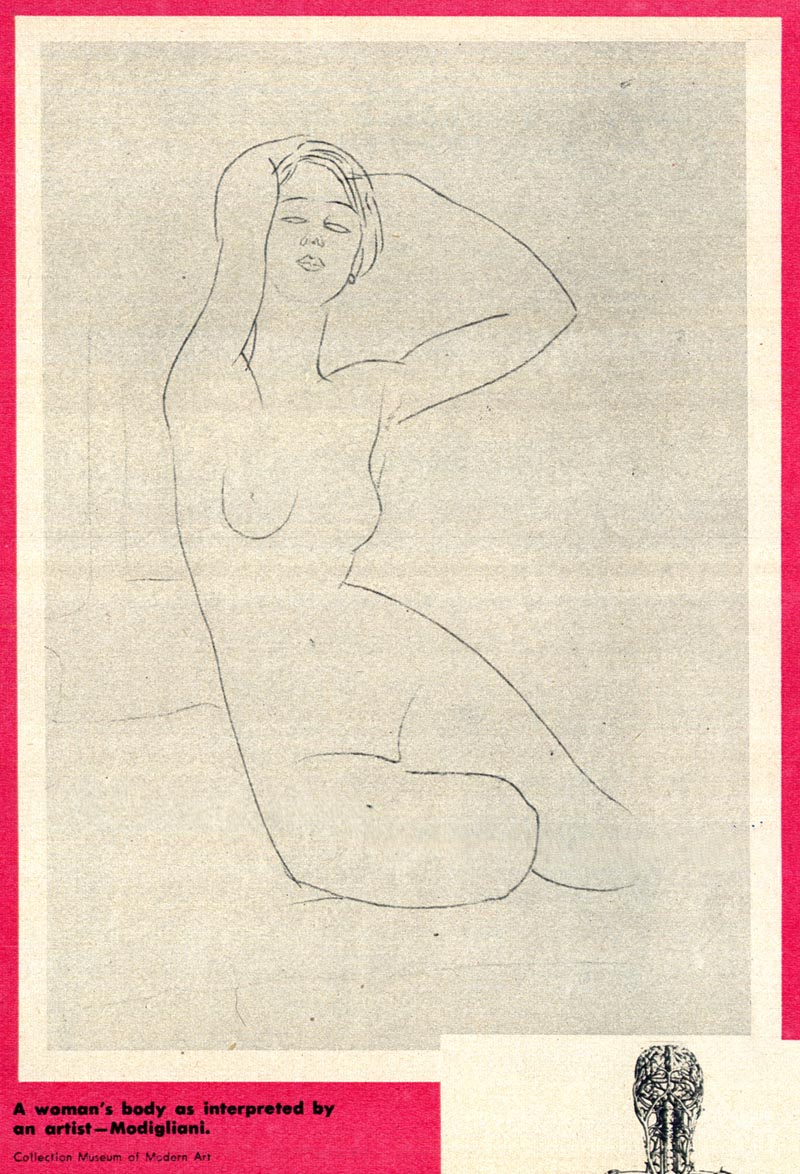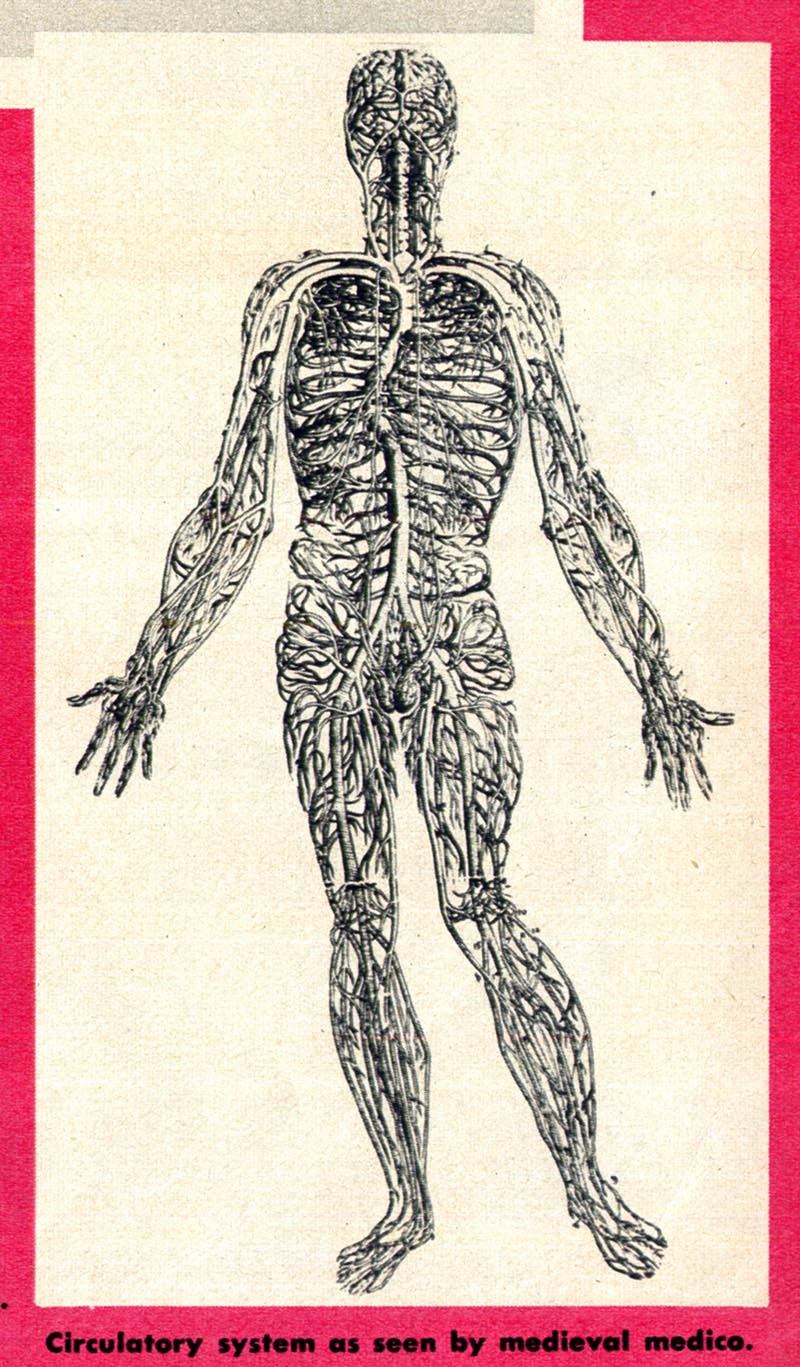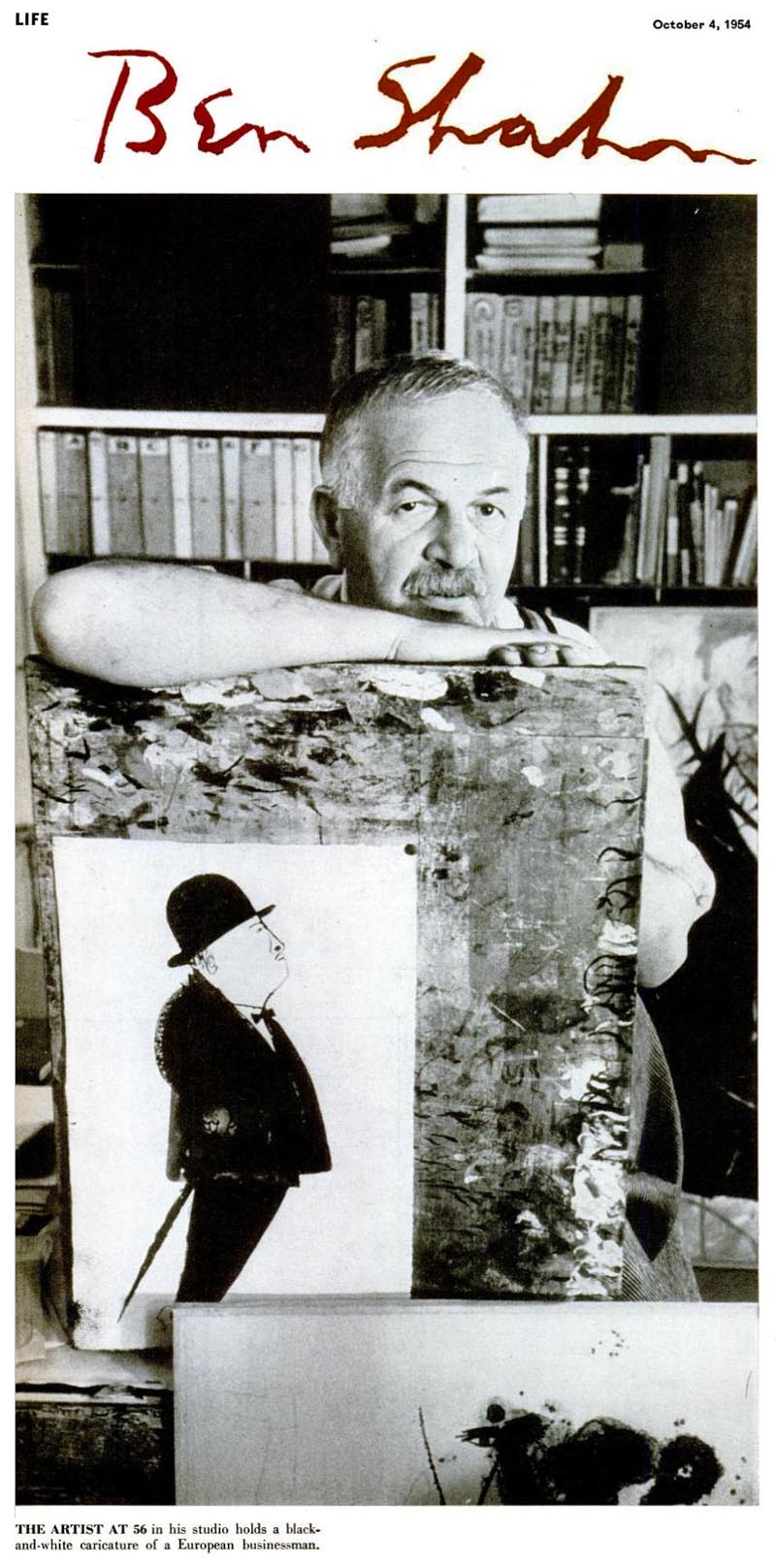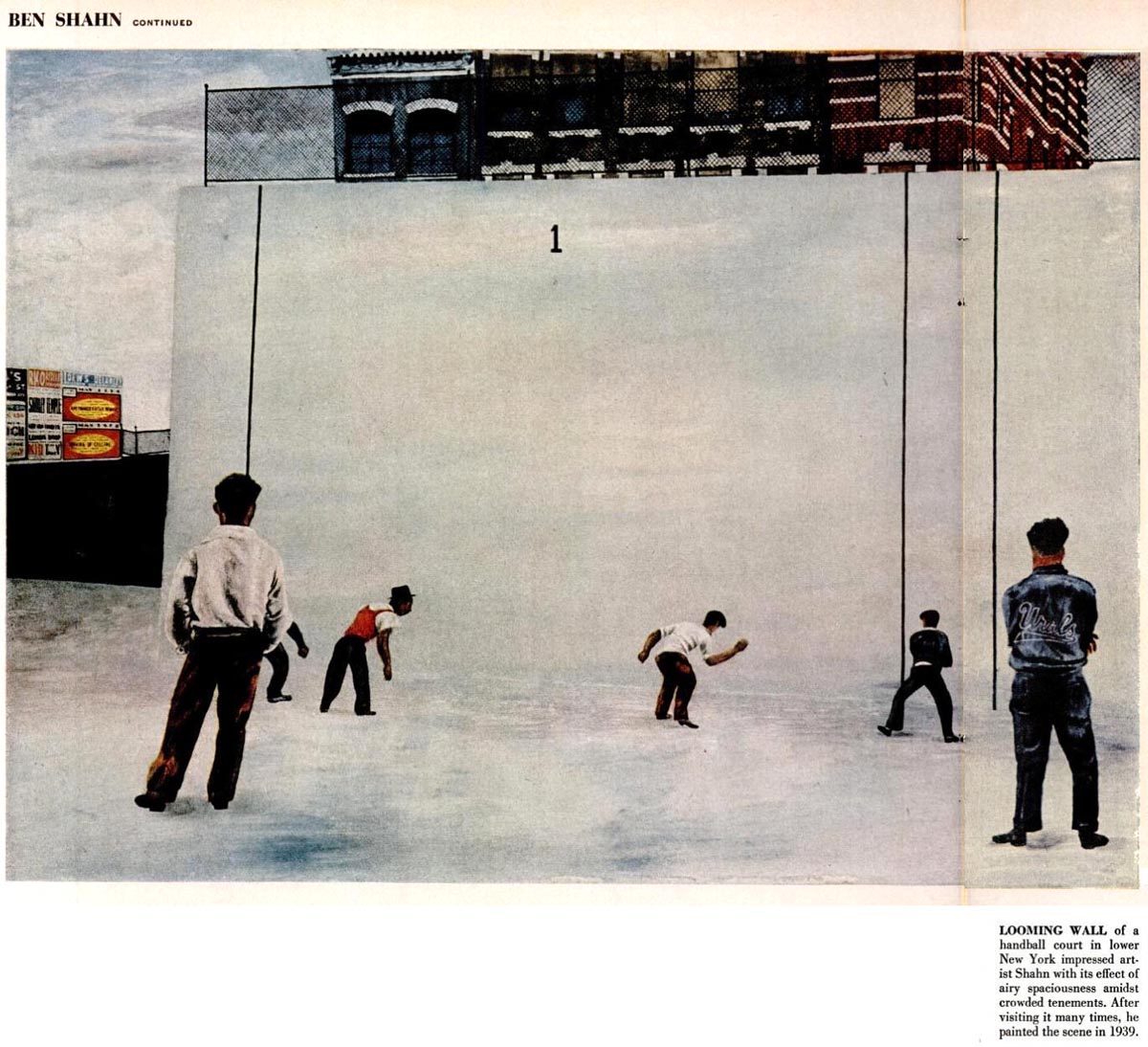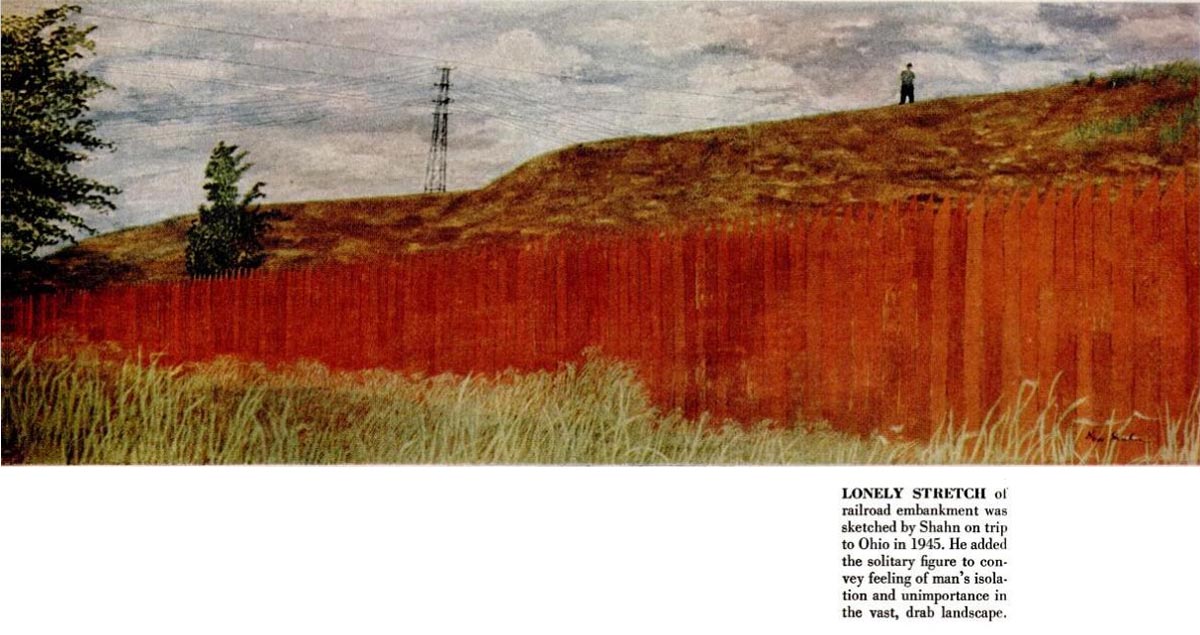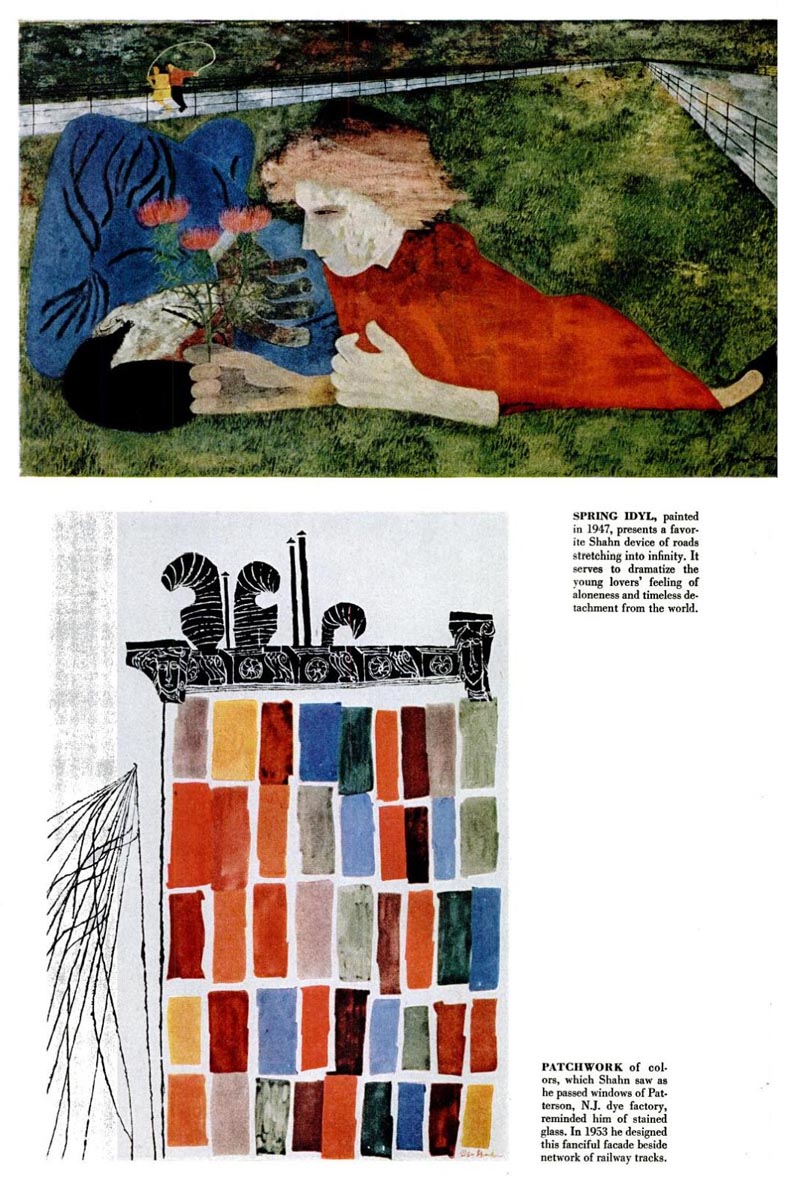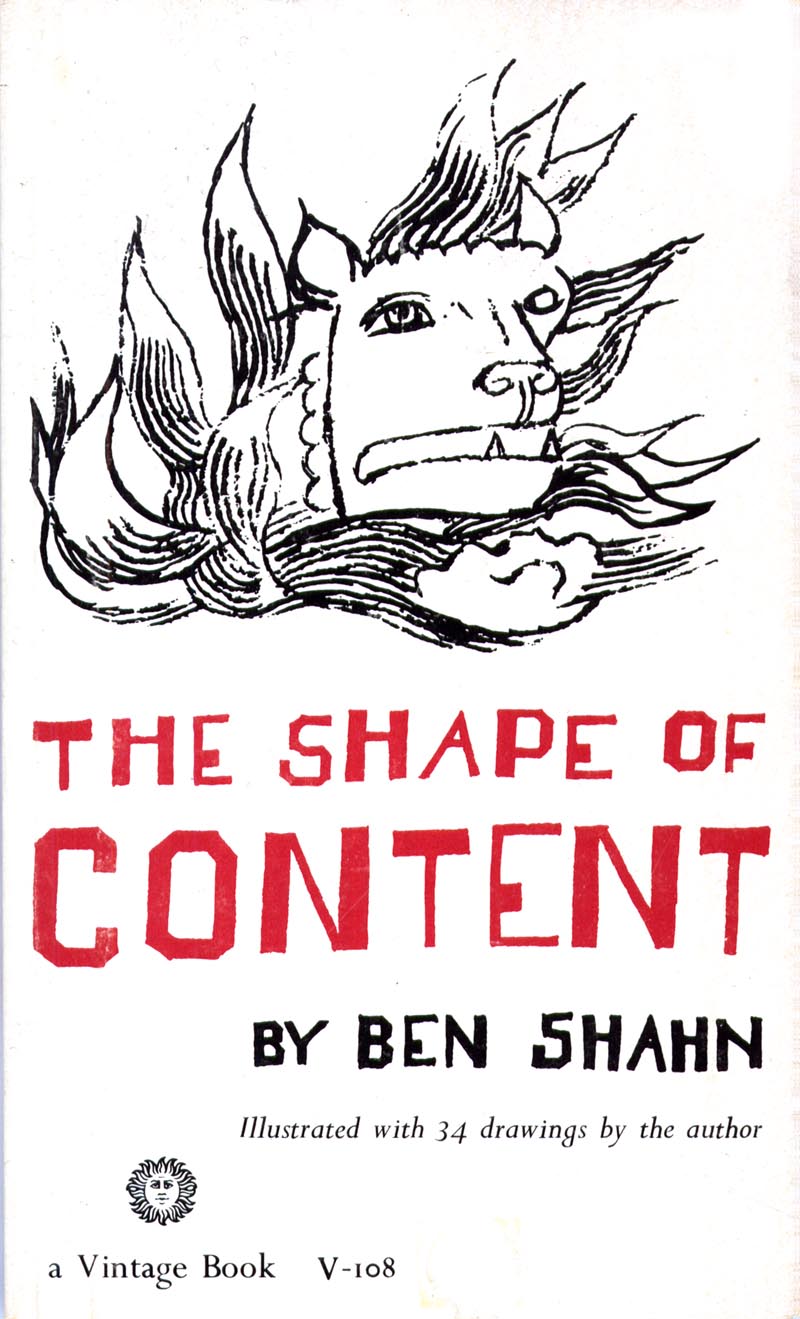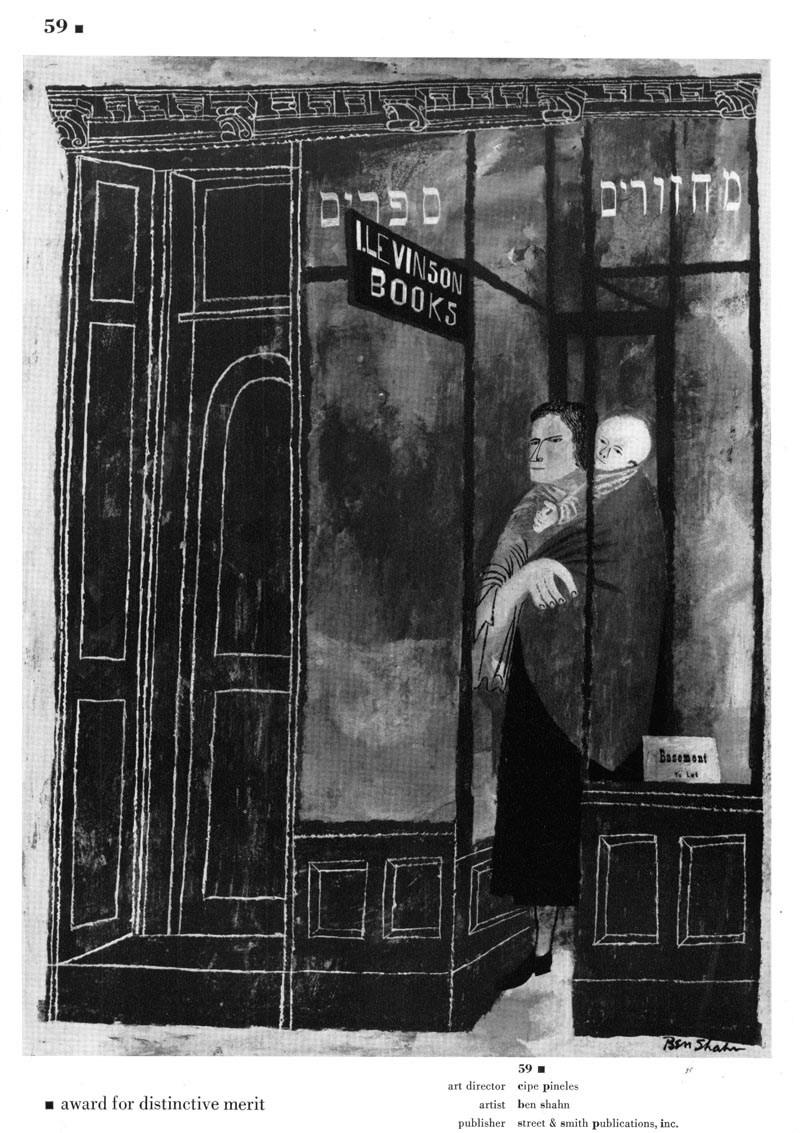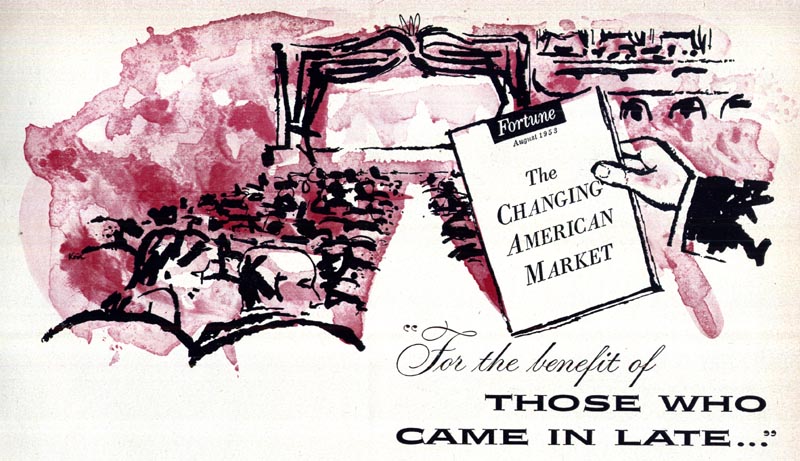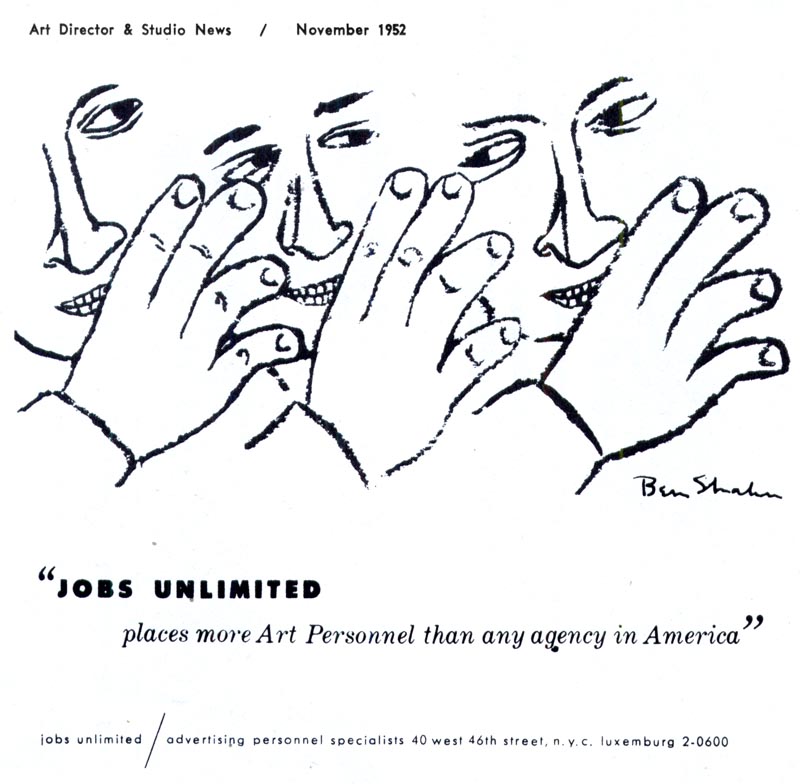Recently our faculty hosted an Advisory Council meeting with members of the various industries for which we train our students. Industry partners who attended were from print and web media, design and advertising, and the packaging and printing industries. It was an enlightening experience. I was encouraged to hear all around the table that our industry partners, when planning to hire a recently graduated graphic designer, looked for one particular skill: the ability to draw. Imagine that.
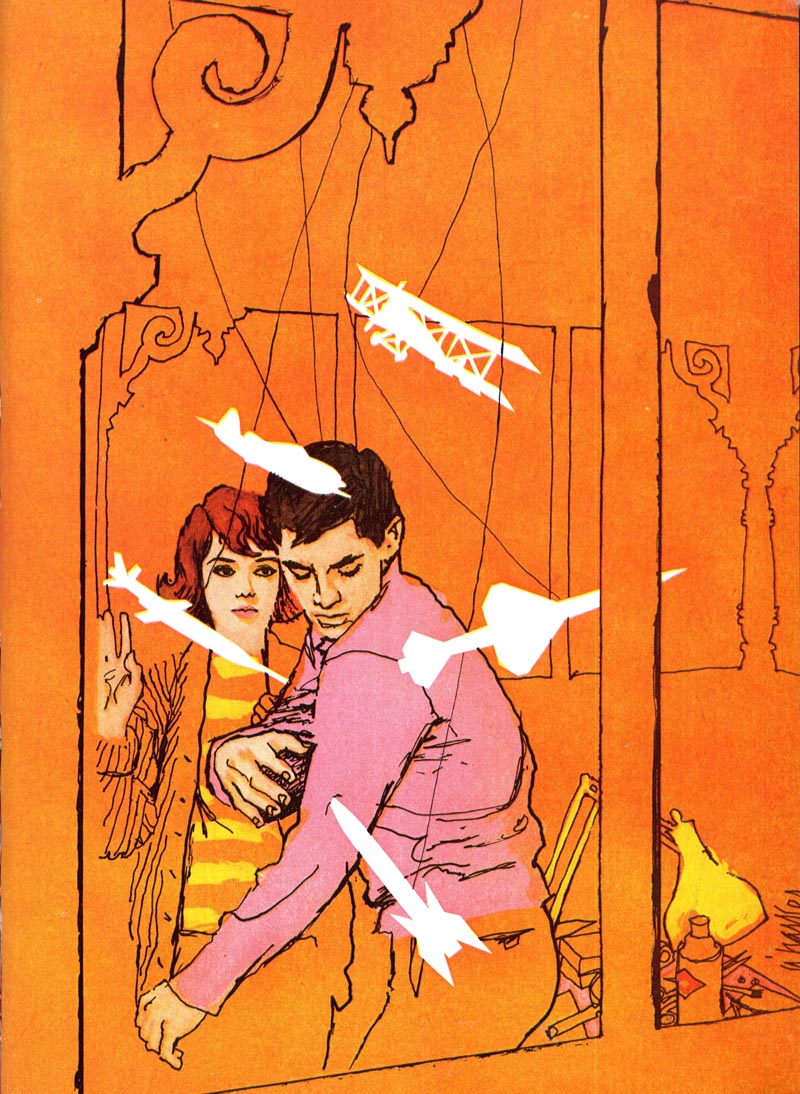
Designers who draw... its not a new concept. While researching my recent posts on Ben Shahn, and how he influenced mid-century illustration by incorporating elements of graphic design into his work, I stumbled across a very interesting post at the Design Observer blog. Written by Adrian Shaughnessy in 2006 and entitled "Graphic Design vs. Illustration," it raises some thought-provoking points that are just as relevant today as they have been for some years now. I strongly encourage you to read that post and all the comments that follow it. What I took away from that discussion can be summed up by my friend Von Glitchka, who commented on Adrian Shaughnessy's article, and with whom I corresponded in preparation for this post.
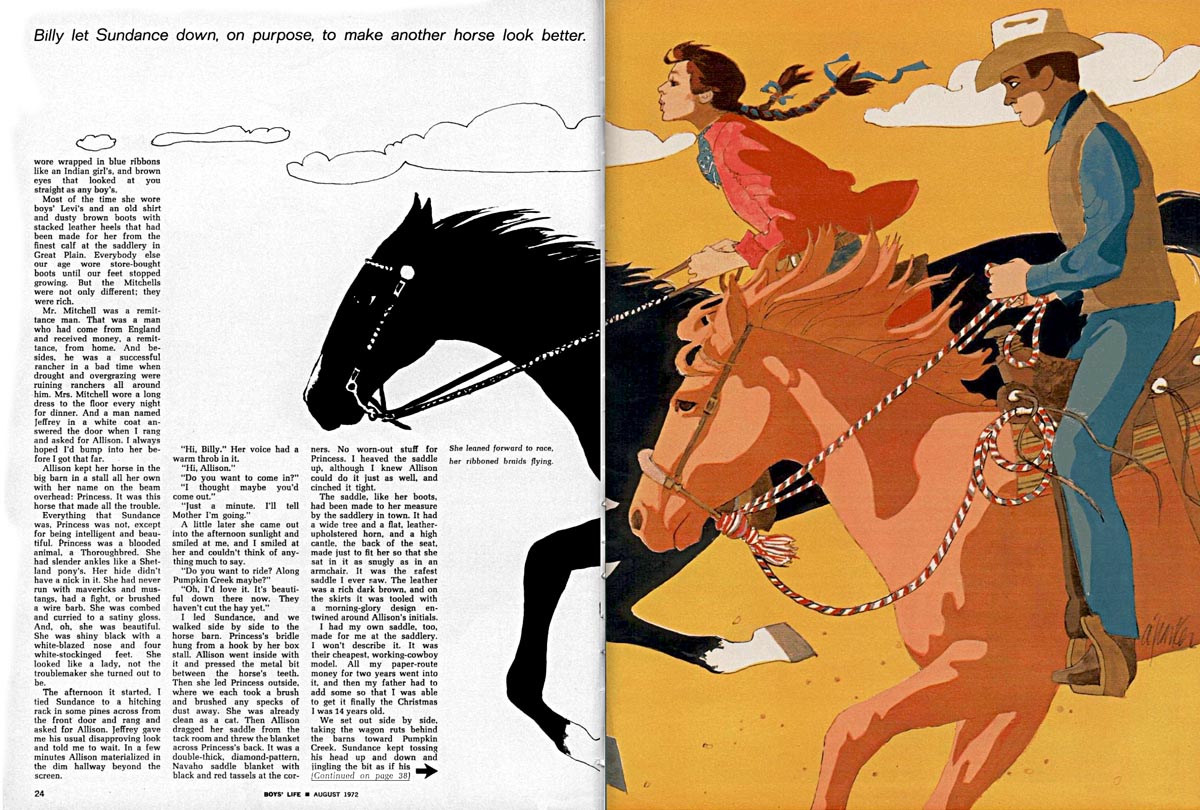
In our correspondence, Von wrote, "I'm of the opinion that the fundamental problem with the illustration community is it seems to not be willing to admit it falls under the larger banner of "Graphic Design." There are many designers who are also good illustrators and leverage both to make a living. I fall into that camp. But I have a lot of purely illustrator friends who get stuck in a 20 year old mentality when it comes to illustration, of which "One style fits all" is the chief one. That applied in the past decades but is simply outmoded in today's marketplace. Don't get me wrong I love working in a few signature styles I have but if I held to them alone, making a living would be very, very difficult. And when illustration in it's purest sense is not knocking on the door, I do design oriented work."

So is the era of the 'pure illustrator' over? Hardly.
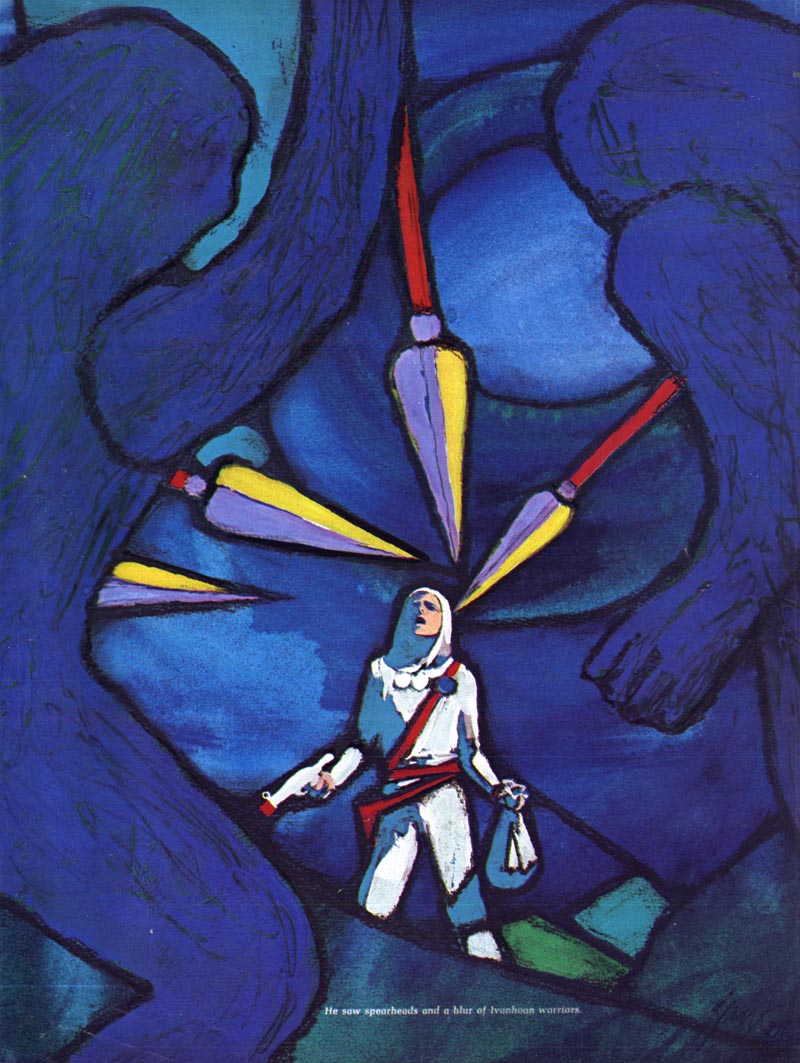
There's probably more opportunity to illustrate today than at any other time in history... just not so much in the public eye. Most 'pure illustrators' today work behind the scenes, creating concept art in support of larger project like movies, animation, video games etc. rather than having their work incorporated into magazine and newspaper articles and print advertising campaigns. That's not to say there aren't still many illustrators doing artwork that gets seen by the public. But, for the vast majority of them, its just not as prominent or lucrative a career as it had been during most of the last century. In fact, the circumstances under which many illustrators find themselves working today can be downright demoralizing, as described in this jaw-dropping anecdote recounted on drawger.com by legendary illustrator Bill Mayer.
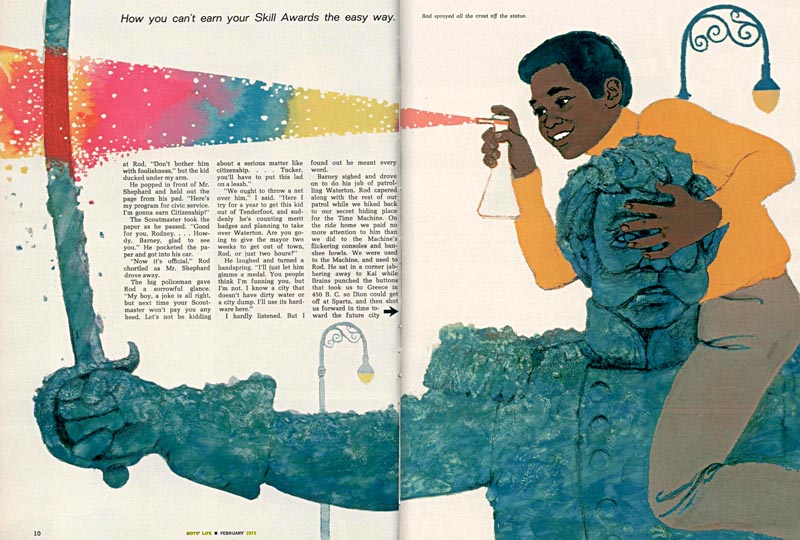
Gary Taxalli, in a comment on that Bill Mayer post, writes, "We're all feeling the decline of print commissions within the industry. There is little control we have beyond continuing to produce the best work we can and maintain professionalism. As a result of this, we achieve something that is far above and beyond more important than anything else, and that is self respect and peer respect. Without that, we have nothing. All the medals and sexy, cool jobs we have under our belts are meaningless if our peers think of us someone who would work for low fees."
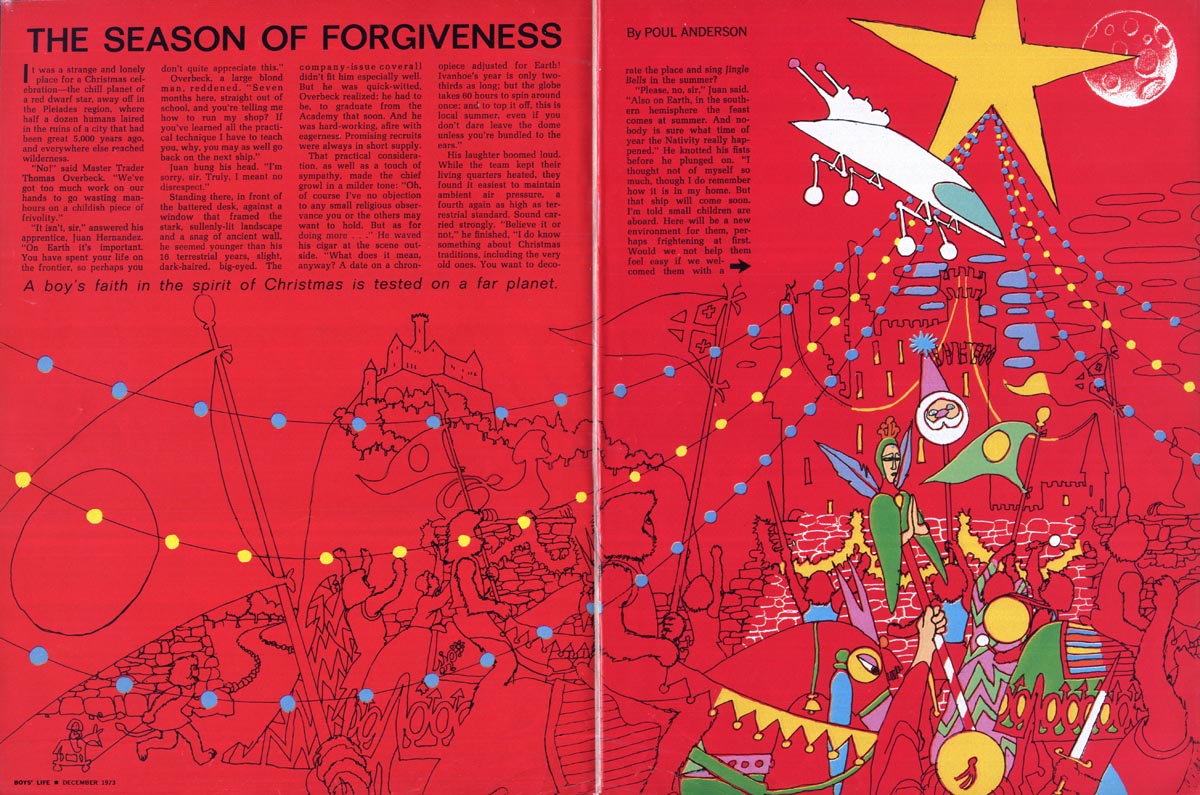
For illustrators who find themselves without work and/or poorly paid for their work, and unwilling or unable to become part of the concept art industry, what's the solution? I return to Von Glitchka's note and the many pearls of wisdom it contains. Von wrote:
"Many designers (young AD and CD's specifically) simply don't know how to work with illustrators because illustrators in many respects don't do a good job of marketing themselves or explaining how to make the process easy for a designer. This is why you're seeing a lot of creatives approaching illustratives needs on their own, one reason why the naive style is so popular right now. Starbucks on a corporate level encourages their designers to do this, and it's established now as part of their brand equity. Some naive is good, other naive even within Starbucks product line is just bad illustration with a thin veneer of class."
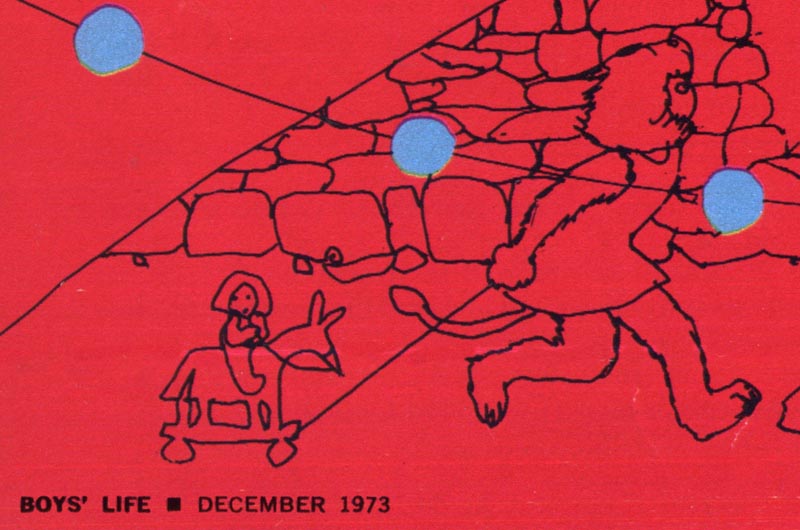
"To answer your statement about dying out directly: The vast majority of designers can draw worth crap. But since they are creative, and like to create, most will try to do what they need - and this is possible with some but not most. I see the problem as illustrators not communicating and accepting their place within the industry well as the source for that type of gloomy outlook. There is more opportunity now as an illustrator to do all kinds of things than there ever has been in the history of our industry. They just need to leave behind the old school modus operandi and embrace the change. If they want to do art shows, fine, but don't assume most ADs and CDs will understand how they can work with you if you're not marketing yourself in an appropriate way to them."
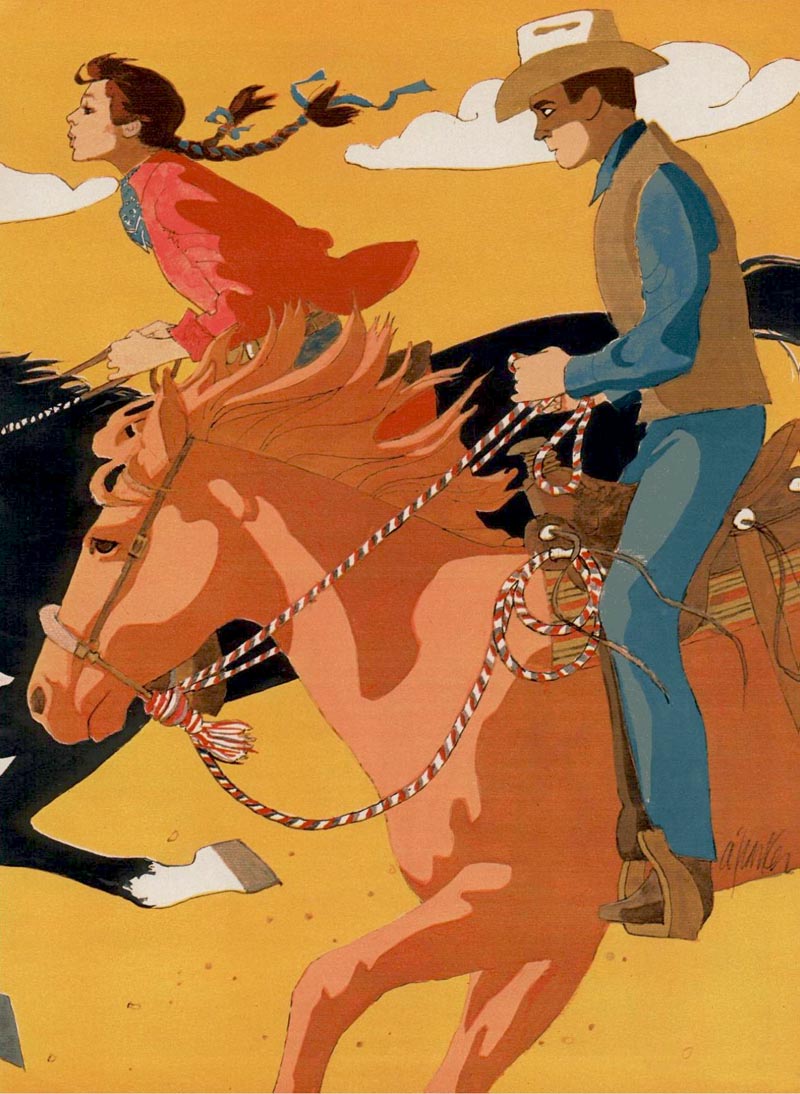
So what's my conclusion? I return to the top of this post where I described how employers from all areas of the graphic arts industries told us at Mohawk that they want to hire designers who can draw. Maybe illustrators need to remember that design is at the heart of every picture they make - and embrace the idea that, because they understanding how to design and how to draw they actually have the opportunity to lead the graphic arts back to the place Adrian Shaughnessy described in his Design Observer article:
"There was a time when graphic design and illustration were indivisible. Many of the great designers of the 20th century were also illustrators and moved effortlessly between image-making and typographic functionalism. Traditionally, most designers viewed illustration with reverence; many even regarded it as inherently superior to design. And with good reason: design was about the anonymous conveying of messages, while illustration was frequently about vivid displays of personal authorship."
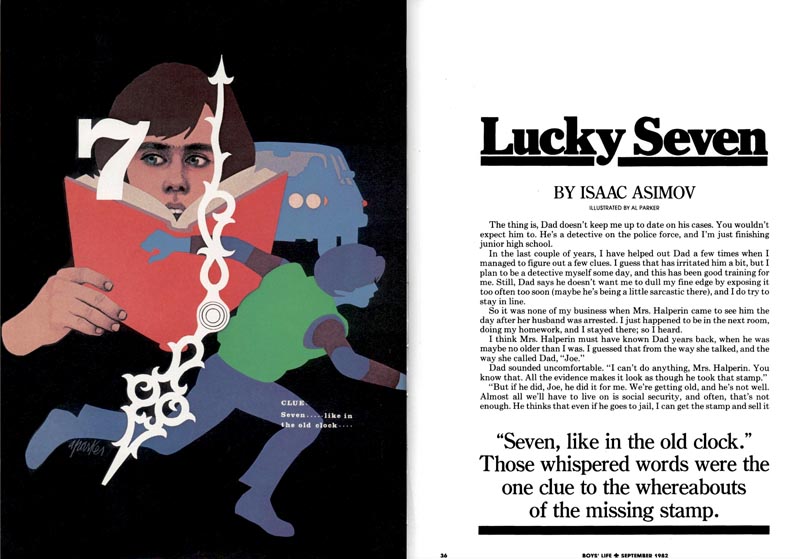
Maybe its time for the 'pure' illustrator to embrace a trend that began long ago with people like Ben Shahn, George Giusti and yes, even the artist whose work I chose to 'illustrate' today's post: Al Parker. In 2007 Barbara Bradley wrote a post about Al Parker for me where she said, "What a fascinating combination he was, a superb graphic designer and draftsman all in one." That, my 'pure' illustrator friends, is what i think we should all aspire to.
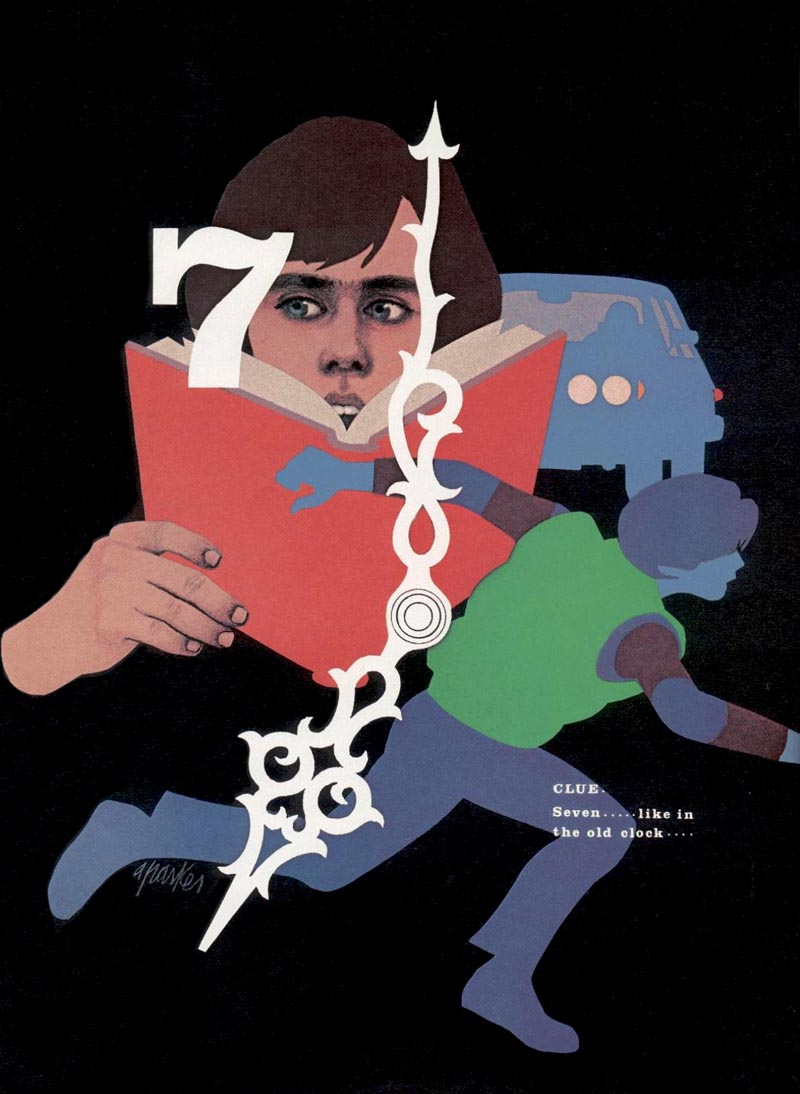
I'd love to hear your opinion on this. How are you finding today's marketplace? Are you succeeding as a 'pure' illustrator or are you, as my friend Von Glitchka calls himself, a 'drawsigner' ?
